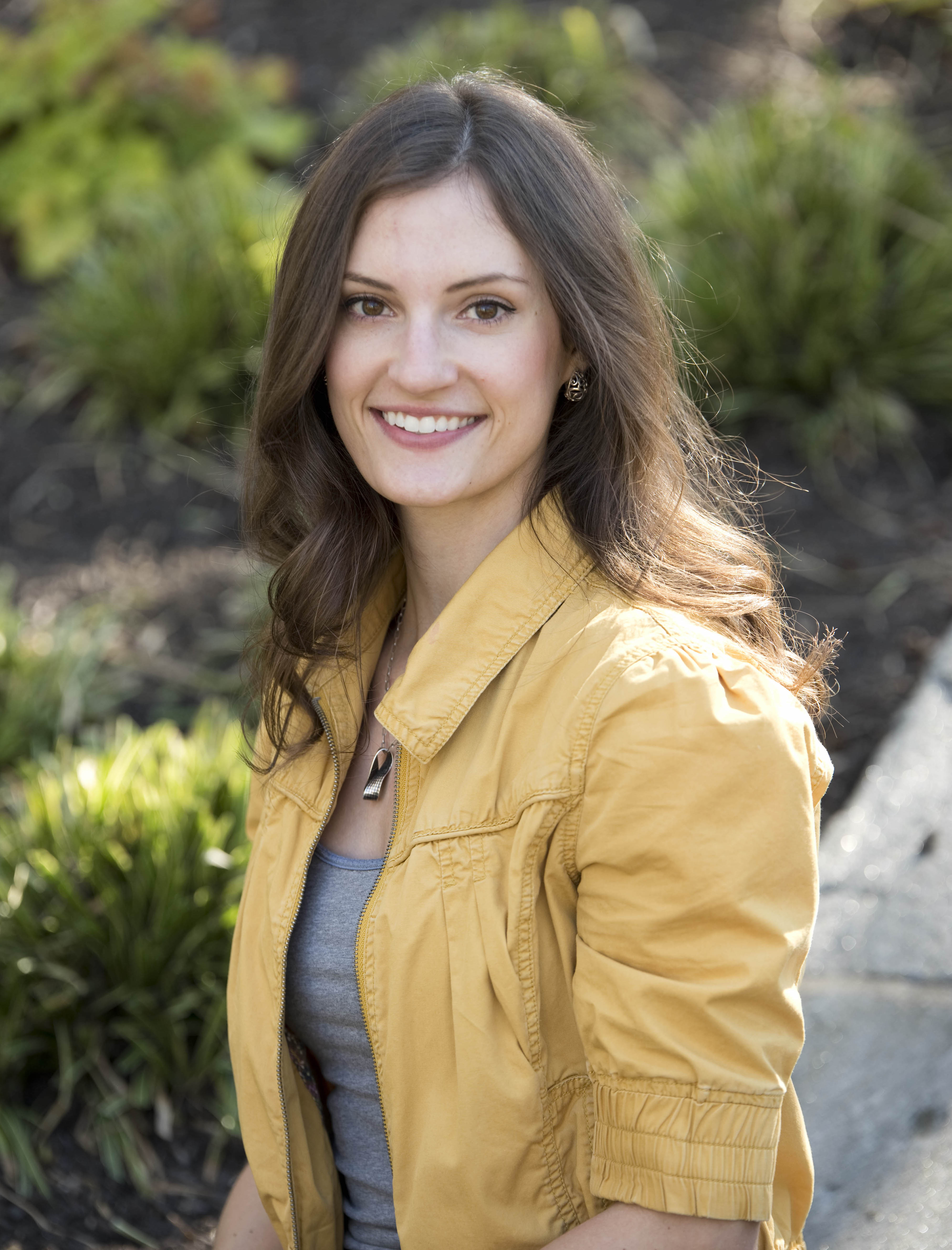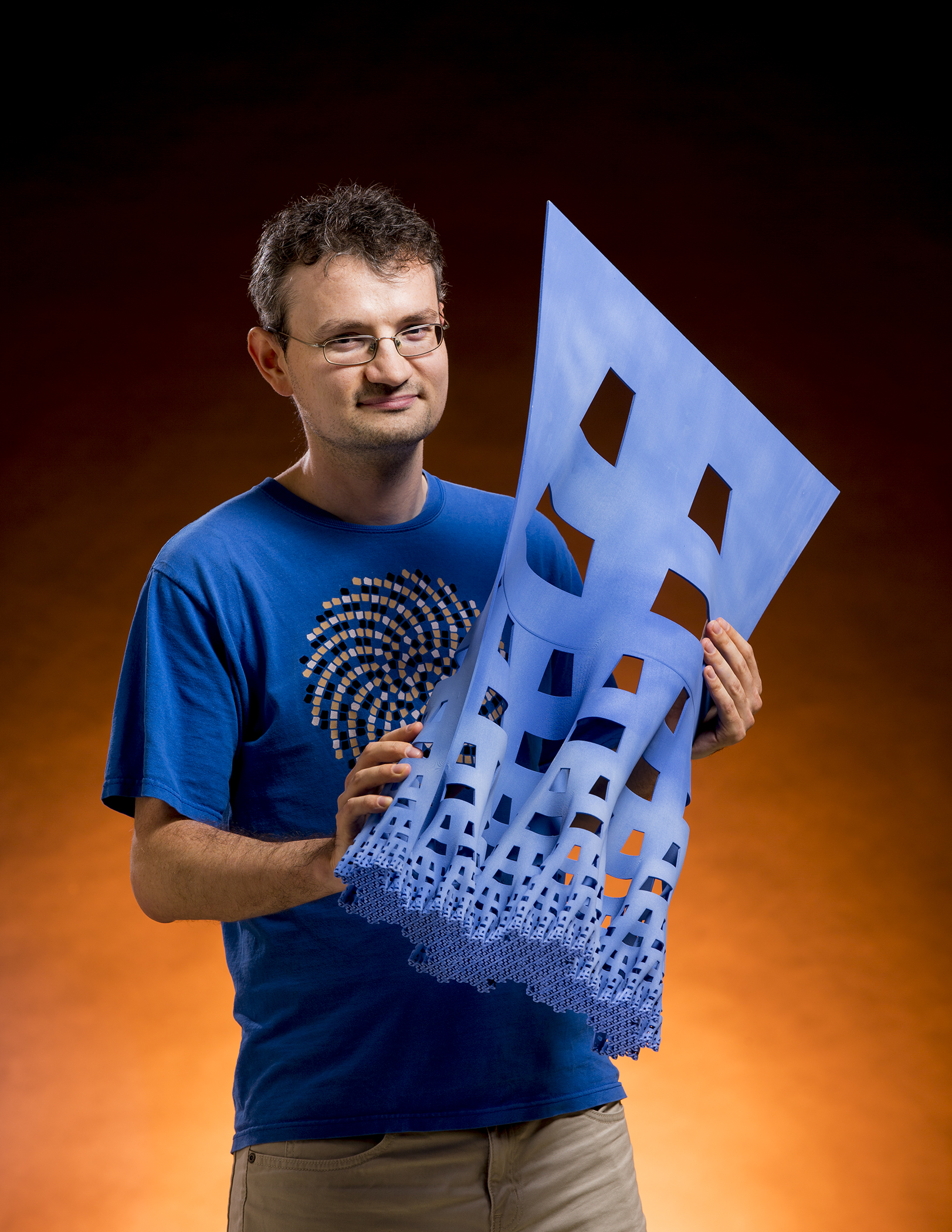Faculty Speakers
Kathryn Bryant
 Kathryn Bryant is a Visiting Assistant Professor of Mathematics at Colorado College. She received her PhD from Bryn Mawr College in May 2016 and is an alumna of Northern Arizona University. Her primary area of research is in low-dimensional topology, within which she studies questions in the intersection of knot theory and 4-manifold theory. Kathryn's secondary area of research is in applied topology, with a current project looking at the applications of persistent homology to topographical pattern recognition in geophysical (geological) data. When she is not thinking about math in its varied capacities, she enjoys running, yoga, and finding and consuming the best almond croissants in town.
Kathryn Bryant is a Visiting Assistant Professor of Mathematics at Colorado College. She received her PhD from Bryn Mawr College in May 2016 and is an alumna of Northern Arizona University. Her primary area of research is in low-dimensional topology, within which she studies questions in the intersection of knot theory and 4-manifold theory. Kathryn's secondary area of research is in applied topology, with a current project looking at the applications of persistent homology to topographical pattern recognition in geophysical (geological) data. When she is not thinking about math in its varied capacities, she enjoys running, yoga, and finding and consuming the best almond croissants in town.
Title: Where Geometry and Topology Collide: The Unsolved (!) Inscribed Square Problem
Abstract: If you draw a curve on a piece of paper that begins and ends in the same place and doesn't cross itself, can you find a square whose vertices lie in the curve? As of February 2017 the answer to this question, known as the Inscribed Square Problem, remains unknown. In this talk I will give a history of the ISP and some related results, and then I will give a geometric proof of the slightly weaker Inscribed Rectangle Problem. We'll end by analyzing why the proof for inscribed rectangles fails for squares and we'll brainstorm ideas for how to correct this failure.
Henry Segerman
 Henry Segerman is an assistant professor in the department of mathematics at Oklahoma State University. His research interests are in three-dimensional geometry and topology, and in mathematical art and visualization. In visualization, he works mostly in the medium of 3D printing, with other interests in spherical video, virtual, and augmented reality. He is the author of the book Visualizing Mathematics with 3D Printing.
Henry Segerman is an assistant professor in the department of mathematics at Oklahoma State University. His research interests are in three-dimensional geometry and topology, and in mathematical art and visualization. In visualization, he works mostly in the medium of 3D printing, with other interests in spherical video, virtual, and augmented reality. He is the author of the book Visualizing Mathematics with 3D Printing.
Title: 3D Shadows: Casting light on the fourth dimension
Abstract: Our brains have evolved in a three-dimensional environment, and so we are very good at visualizing two- and three-dimensional objects. But what about four-dimensional objects? The best we can really do is to look at three-dimensional "shadows". Just as a shadow of a three-dimensional object squishes it into the two-dimensional plane, we can squish a four-dimensional shape into three-dimensional space, where we can then make a sculpture of it. If the four-dimensional object isn't too complicated and we choose a good way to squish it, then we can get a very good sense of what it is like. We will explore the sphere in four-dimensional space, the four-dimensional polytopes (which are the four-dimensional versions of the three-dimensional polyhedra), and various 3D printed sculptures, puzzles, and virtual reality experiences that have come from thinking about these things. I talk about these topics and much more in my new book, Visualizing Mathematics with 3D Printing.
Steve Wilson
 Steve Wilson graduated from NAU, went to the University of Washington for his PhD and returned here after freezing at Michigan State and getting married in Pennsylvania. His specialties are combinatorics, symmetry, graph theory, number theory (as an amateur), and crackpot mathematics in general. He is known for his work on regular maps and on tetravalent edge-transitive graphs by a very small number of very widely dispersed people.
Steve Wilson graduated from NAU, went to the University of Washington for his PhD and returned here after freezing at Michigan State and getting married in Pennsylvania. His specialties are combinatorics, symmetry, graph theory, number theory (as an amateur), and crackpot mathematics in general. He is known for his work on regular maps and on tetravalent edge-transitive graphs by a very small number of very widely dispersed people.
Title: To Fight And Never Lose
Abstract: In this talk we will provide both weapons and armor that will make you invincible in all [1] conflicts.
[1] Note that "all" in this context means "a number of well-chosen, purely non-violent".